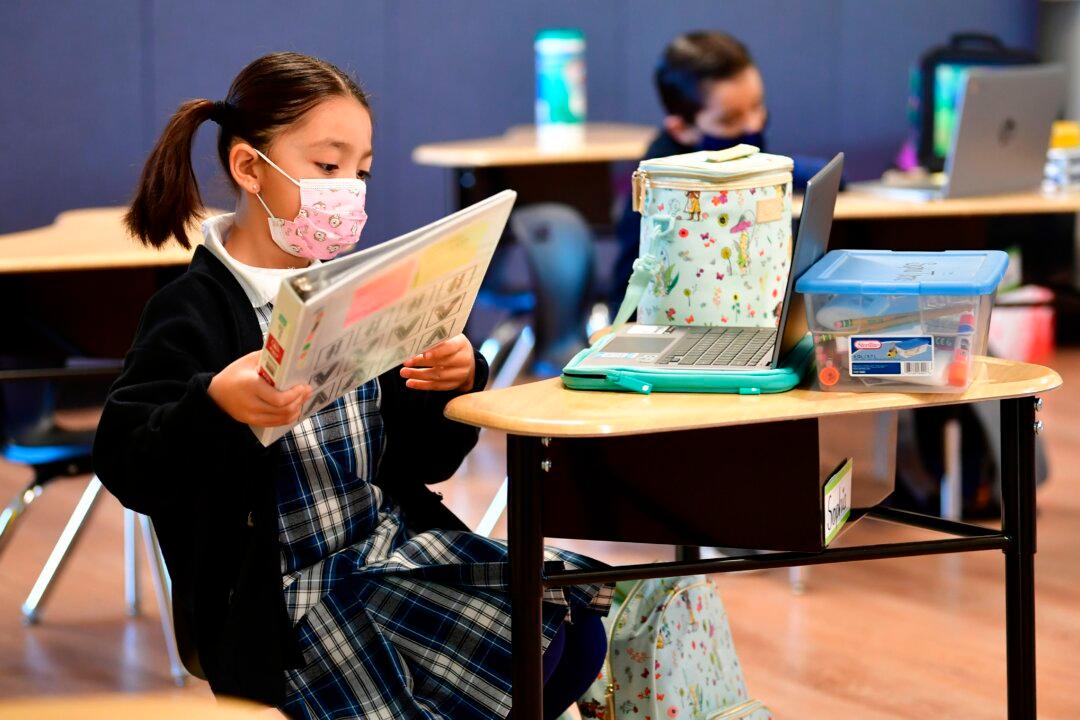Commentary
After another general election when over a thousand school board seats were on the ballot, we have seen a slight shift in favor of parent advocates representing our districts in California.

After another general election when over a thousand school board seats were on the ballot, we have seen a slight shift in favor of parent advocates representing our districts in California.